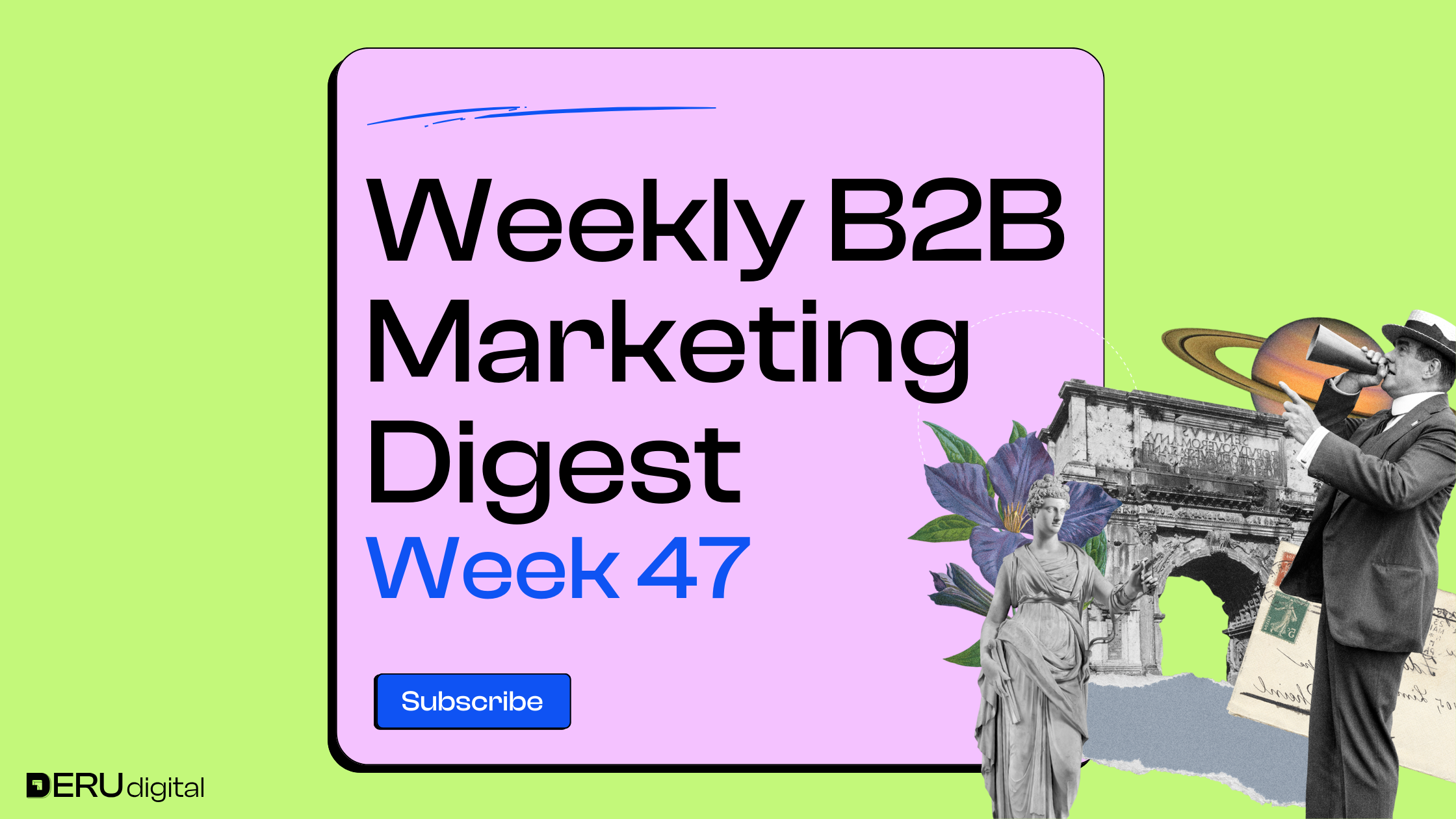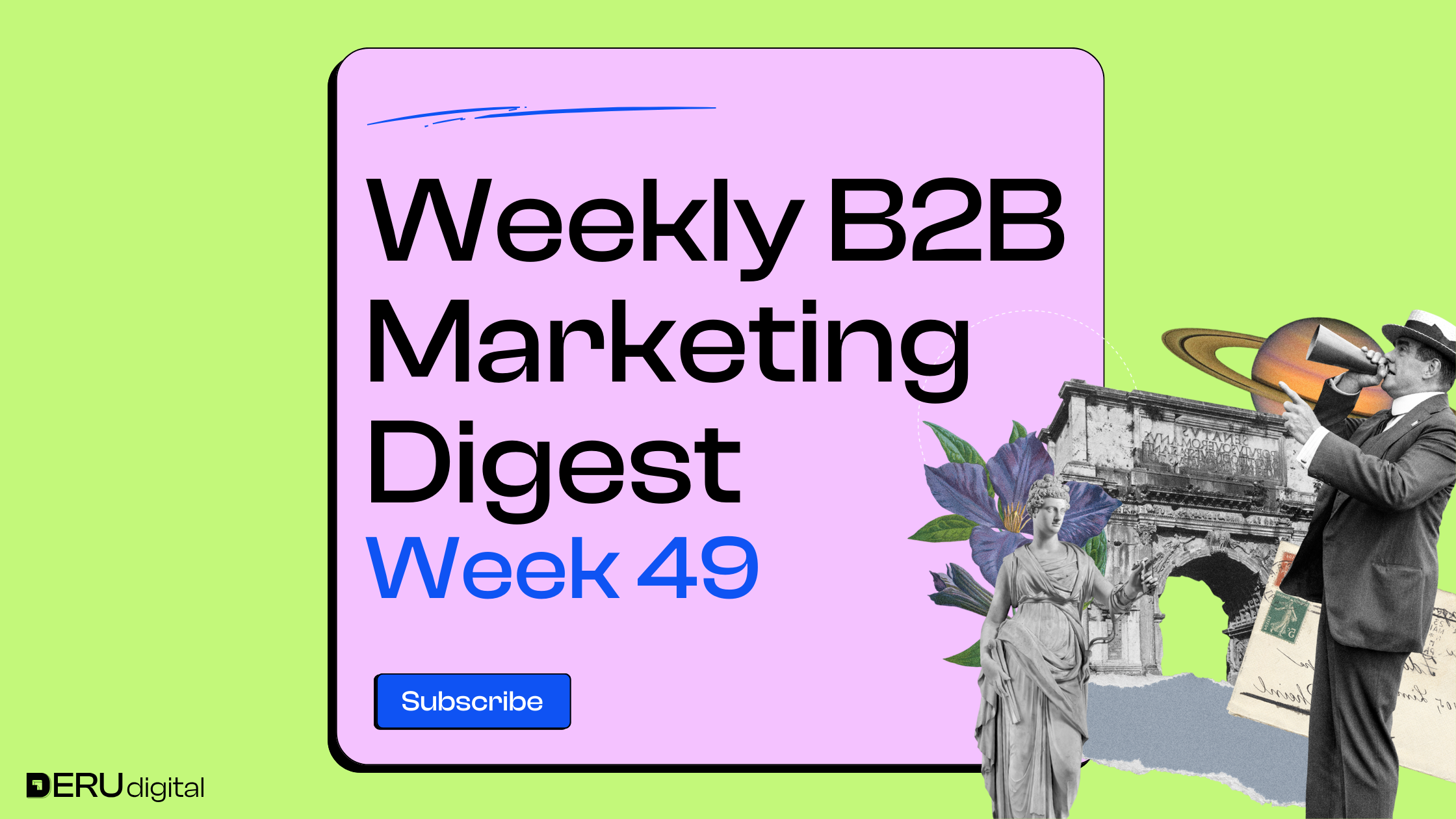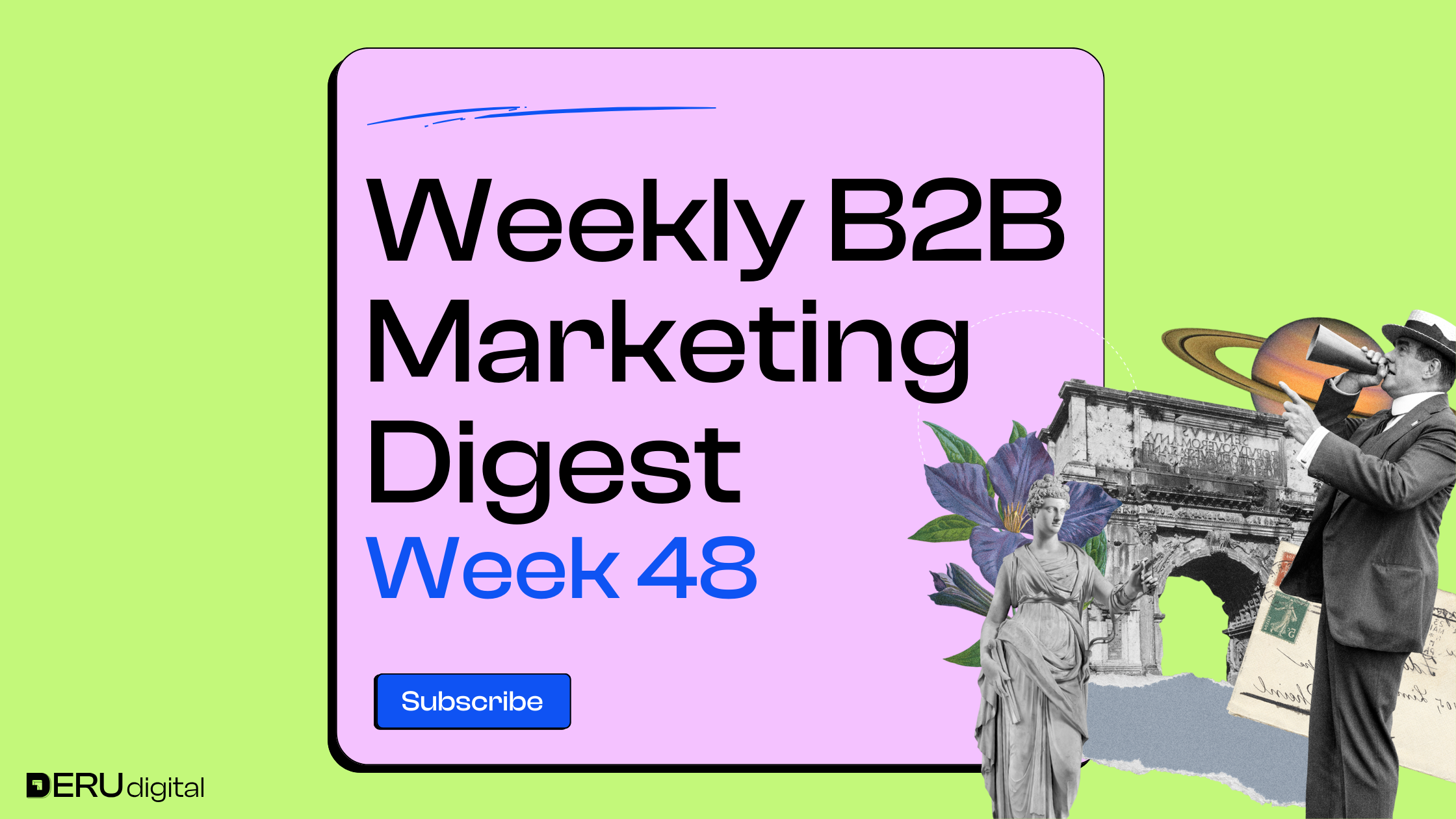

INSIGHTS FROM EXPERTS ON LINKEDIN
Yehonatan Tav walks through Meta’s new Creative Fatigue & Similarity Score and how it exposes that many “new” ads look identical to the algorithm, which limits spend. He explains how the tool highlights tired creatives, flags near-duplicates, and shows when accounts rely too heavily on one format. He keeps coming back to the idea that real creative variety matters more than small tweaks.

Garrett Mehrguth shares what he’s learned from years of running and coaching agencies, starting with the need for honest visibility into whether clients are actually hitting their goals. He talks about how employee turnover drives client churn, why consistent selling and ambition matter, and why strong margins make growth possible. He also stresses that agencies should excel at their own craft and that recurring billing models make scaling far easier than project work.
Yulia Olennikova tells how she proved LinkedIn content could generate real pipeline, including a $120k deal, yet still couldn’t get leadership to invest in social selling. She shows how people dismiss, downplay, or ignore data when it clashes with their incentives or beliefs. She encourages marketers not to tie their confidence to whether others choose to act on the evidence.
Debesh Kumar Jha explains that many Meta ad accounts are struggling because of a major backend update, not because of bad creatives or targeting. Meta rolled out GEM, Lattice, Andromeda, and Sequency Learning, which change how ads are delivered and optimized. He says older tactics won’t work anymore and offers to share the updated setup that’s performing now.
Kacie Jenkins shares how she moved beyond last-touch reporting and rebuilt her marketing system around shared pipeline goals with sales. She breaks down the steps she took, cleaning CRM data, tracking dark social, adding new measurement models, and bringing executives and finance along. Her point is that fixing attribution takes work, but it makes forecasting and alignment far stronger.
Kris Wojcik shows how small teams can identify pricing-page visitors and turn them into actionable intent signals without expensive tools. By building a pricing-URL retargeting audience and running a low-cost Spotlight campaign, LinkedIn will surface the companies behind those impressions. He says this gives teams an easy way to feed sales, run tighter retargeting, and work with early buying signals.
Dr. Shannon Bosshard argues that most advertisers aren’t actually measuring emotion- they’re measuring self-reported feelings that don’t reflect real neurological responses. He explains that true emotional impact shows up in attention, motivation, and memory encoding, not slider charts or facial-coding scores. He encourages marketers to focus on what the brain actually responds to instead of chasing fake “emotion scores.”

Anthony Pierri points out that even massive companies with huge budgets can’t escape basic marketing principles. If a message is so broad that no real person sees themselves in it, it won’t perform, he cites OpenAI’s promoted post that landed only a handful of reactions. He urges startups to avoid vague, catch-all messaging and stick to clear, specific statements that actually stop the scroll.

WHAT'S NEW IN THE INDUSTRY
This report looks at how thought leadership is evolving as AI changes discovery and trust in B2B content. It shows that most marketers see thought leadership as essential, but only a minority use it beyond acquisition, and the top performers combine original research, influencers, and interactive formats. The study also reveals that more thought leadership is now discovered through GenAI tools and offers a framework for building stronger, multi-channel content programs.
This session highlights how video is driving far higher engagement on LinkedIn, earning more interactions and shares than other formats. Experts from Salesforce, Adobe, and Kantar share what’s working today, from creative best practices to reaching decision-makers and measuring ROI. The session is positioned as a practical guide for anyone looking to level up their video strategy.
Adobe is acquiring Semrush in a $1.9B all-cash deal expected to close in early 2026, giving Adobe a major boost in SEO and AI-driven brand visibility capabilities. The move signals how important AI search and GEO (generative engine optimization) have become as buyers turn to LLMs for recommendations. Together, Adobe and Semrush plan to offer marketers a more complete view of how their brands show up across search, LLMs, owned channels, and the wider web.


Microsoft Advertising introduced a Copilot-driven feature that turns static images into quick animated videos, helping advertisers get into video without heavy production work. The tool extends the life of existing image creatives and opens up more video inventory across Microsoft’s network. It’s a practical update for marketers who need video assets but lack time, budget, or resources.

Google quietly launched a new “Original Conversion Value” metric that strips out value rules and lifecycle adjustments to show the real revenue campaigns generate. This gives advertisers cleaner ROAS calculations, clearer performance insights, and an easier way to diagnose inflated numbers caused by automated bidding. It’s a small change, but one that finally brings more transparency to Google Ads reporting.

That’s the scoop for this week! If you found this valuable and any useful insights caught your eye, feel free to share them with your network.
Until next week!



